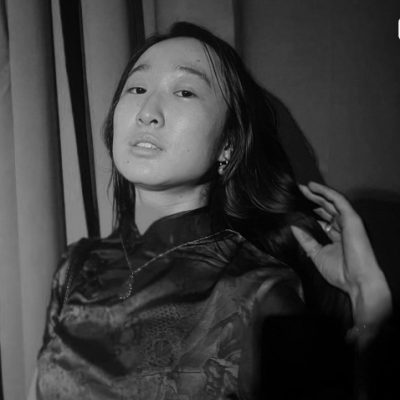A recent study conducted by the Leverhulme Centre for Demographic Science, Columbia University, and Hong Kong University of Science and Technology, reveals significant gender bias in the media coverage of protests in China, and highlights the systematic underreporting and misrepresentation of women’s protests.
Using big data from Weibo, a major Chinese social media platform, researchers conducted the first-ever systematic analysis of gender bias in China’s media coverage of protests between 2010 and 2017. The systematic analysis of media selection and description biases distinguished between government and news media outlets, and the data was analysed to identify patterns in media coverage and descriptions of protests, focussing on gender asymmetries.
Lead author Linda Hong Cheng, DPhil student at the Leverhulme Centre for Demographic Science said, ‘Our findings underscore the critical need for more inclusive and accurate media coverage of protests in China. By addressing these biases, we hope to catalyse more equitable reporting that truly reflects the voices and experiences of marginalised protesters.’
The researchers found that there is a selection bias against women when picking the stories to cover for both government and news media. Although women-led protests doubled those led by men, they were 30% less likely to receive media coverage. Established in the study as the ‘gender-protest-media triad’, women participate in protests as a reaction to exploitation and marginalisation, yet their protests are underreported and misrepresented, depriving them of the public attention and resources needed to address their grievances which feeds into a perpetual cycle.
Government media sources tend to describe women-majority protests as more passive than those involving men, whilst news media will report in favour of men-led protests. This is partly explained in what the study terms the ‘paternalist stability model’, a governance system which combines patriarchal logics with neo-Confucian stability maintenance – crucial for maintaining patriarchal hegemony in China, and shaping government and media attention to protests.
Linda Hong Cheng adds, ‘The systematic underreporting of women’s protests in China not only silences their voices but also perpetuates systemic stereotypes and inequalities. This study is a call to action for transforming media practices and combatting hegemonic patriarchal practices within influential institutions.’
The study also provides new frameworks for understanding the intersection of gender, media, and protest dynamics, contributing to academic discourse and future research, especially in non-western societies.
The full article, ‘Patriarchal erasure and manufactured passivity: Asymmetric government and news media attention to protests in China’, is available in Mobilization: An International Quarterly



